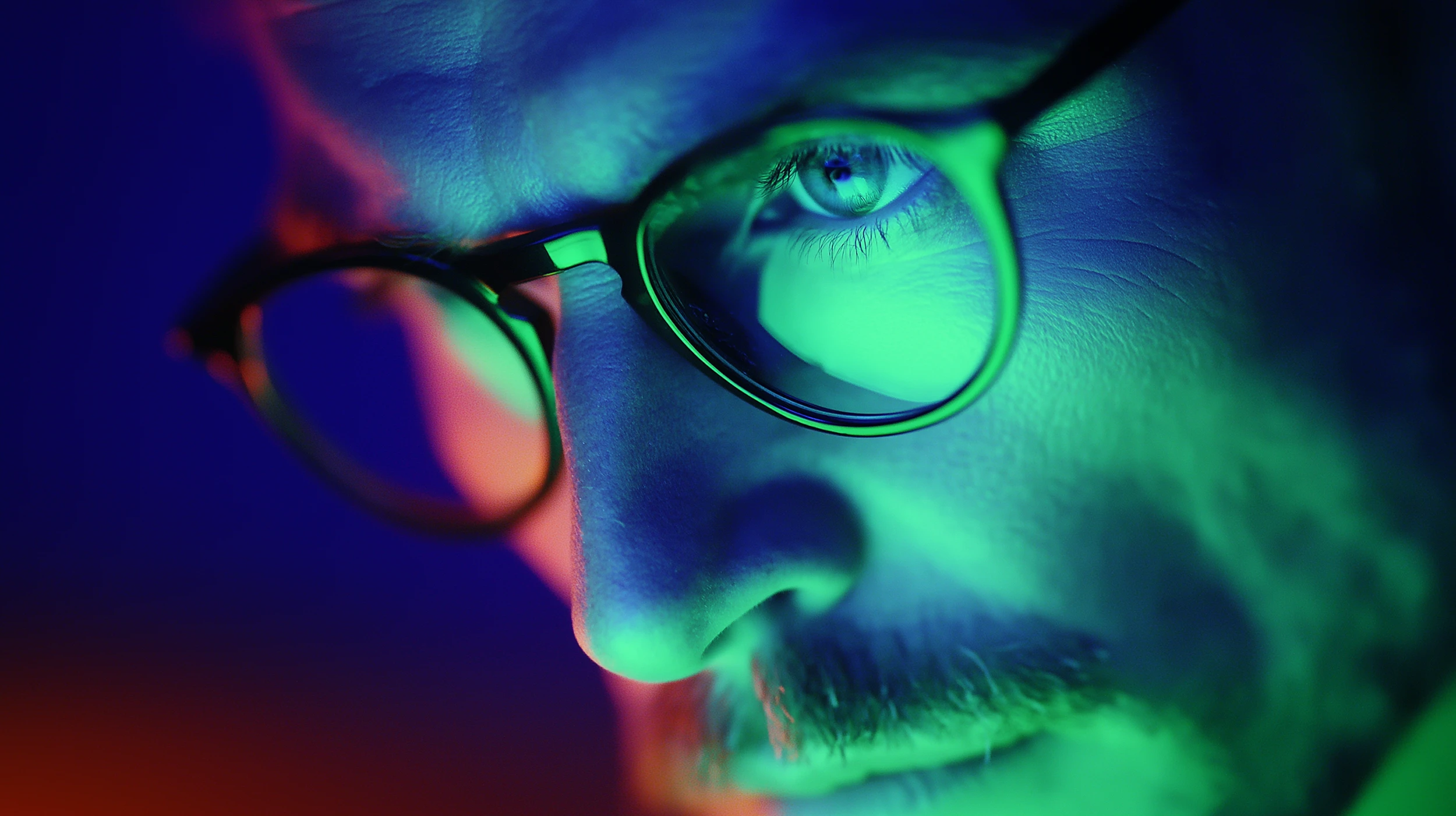Oliver Colegrave, Senior Creative Strategist, argues that event tech only works when it works for your audience, cutting through the noise at Event Tech Live to show why intention, not gadgetry, should lead the creative process.
At Event Tech Live (ETL) I was lucky enough to be asked to speak on a panel which focused on building in feedback loops at branded events. Now, anyone who’s met me knows I love nothing more than yapping on and on about all things experiential strategy – and this event was no exception.
Over the course of the discussion I found myself coming back to the same point, which I think is super relevant for anyone working in the experiential space today and something I’ve been thinking about for a while: technology should serve your audience, not the other way round.
Intention over tech-tokenism
Unsurprisingly there seemed to be a bit of running theme at Event Tech Live around ‘technology for technology’s sake.’ With so many slick tech solutions out there, it’s easy to get swept up in the excitement of what’s possible and forget to ask the most important question: how does it serve the brief and the audience?
Tech is more than an add-on
Something I kept coming back to was how we think about technology in the creative process. Too often, tech is treated as something you bolt on towards the end once you’ve begun ideation and got a fairly solid idea of what the final output is going to be. In these cases tech solutions sometimes have to be retrofitted into the experience in a way which breaks, rather than deepens audience immersion.
I find that tech works best in service of the idea and when it’s baked into every step of creative ideation. For this to work in practice, tech should be no one department’s sole responsibility. For example, at Identity everyone involved in the creative process from strategists and creatives, to producers and account handlers is encouraged to bring to the table their own understanding of which tech solutions could supercharge a response to a client brief.
Always add value, not friction
We all love the idea of creating a truly dynamic experience which adapts to the audience or the environment in real time – this must not come at the expense of the audience’s enjoyment of the experience. Indeed, the very best experiences have tech seamlessly integrated into the experience itself. They consider how storytelling and the guest journey can complement each other and add value to the audience in an experience.
A piece of feedback technology might generate fascinating data for your team, but if it disrupts the flow of the event or feels intrusive to attendees, you’ve prioritised your needs over theirs. The best tech solutions are often the ones that feel invisible and which when combined with a killer creative solution enhance the audience’s experience.




